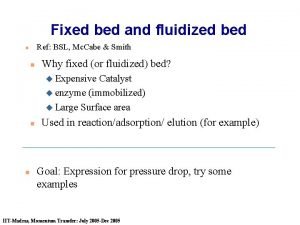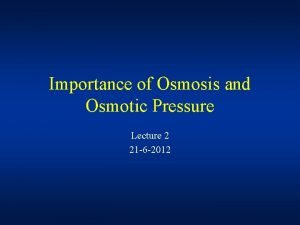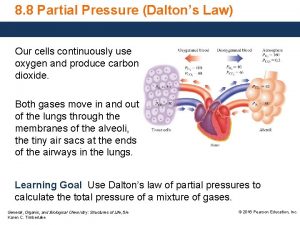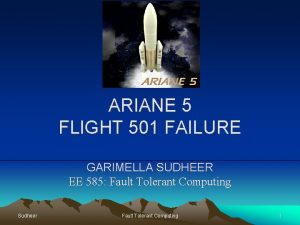Pressure drop prediction models o Garimella et al










- Slides: 10

Pressure drop prediction models o Garimella et al. (2005) o Considered parameters o o Single-phase pressure gradients Martinelli parameter Surface tension parameter Fluid and geometric properties Heat and Mass Transfer Laboratory 1

Pressure drop prediction models o Garimella et al. (2005) Void fraction is calculated using the Baroczy (1965) correlation: Liquid and vapor Re values are given by: Heat and Mass Transfer Laboratory 2

Pressure drop prediction models o Garimella et al. (2005) Liquid and vapor friction factors: Therefore, the single-phase pressure gradients are given and the Martinelli parameter is calculated: Heat and Mass Transfer Laboratory 3

Pressure drop prediction models o Garimella et al. (2005) Liquid superficial velocity is given by: This velocity is used to evaluate the surface tension parameter: Heat and Mass Transfer Laboratory 4

Pressure drop prediction models o Garimella et al. (2005) Interfacial friction factor: Laminar region: Turbulent region (Blasius): Heat and Mass Transfer Laboratory 5

Pressure drop prediction models o Garimella et al. (2005) The pressure gradient is determined as follows: Heat and Mass Transfer Laboratory 6

Heat transfer prediction models o Bandhauer et al. (2005) o Considered parameters o o o Pressure drop Dimensionless film thickness Turbulent dimensionless temperature Pr Fluid and geometric properties Range / applicability o 0. 4 < D < 4. 9 mm o R 134 a o 150 < G < 750 kg/m 2 s Heat and Mass Transfer Laboratory 7

Heat transfer prediction models o Bandhauer et al. (2005) Interfacial shear stress: Friction velocity is now calculated: Heat and Mass Transfer Laboratory 8

Heat transfer prediction models o Bandhauer et al. (2005) Film thickness is directly calculated from void fraction: This thickness is used to obtain the dimensionless film thickness: Heat and Mass Transfer Laboratory 9

Heat transfer prediction models o Bandhauer et al. (2005) Turbulent dimensionless temperature is given by: Therefore, the heat transfer coefficient is: Heat and Mass Transfer Laboratory 10
 Annapurna garimella
Annapurna garimella Inversion attacks
Inversion attacks Stealing machine learning models via prediction apis
Stealing machine learning models via prediction apis Mathematical models for impact prediction
Mathematical models for impact prediction Ergun equation
Ergun equation Duns and ros correlation
Duns and ros correlation What is the difference between models and semi modals
What is the difference between models and semi modals High pressure area
High pressure area Hydrostatic pressure and osmotic pressure
Hydrostatic pressure and osmotic pressure Pressure mapping for pressure ulcers
Pressure mapping for pressure ulcers How to find partial pressure
How to find partial pressure


















